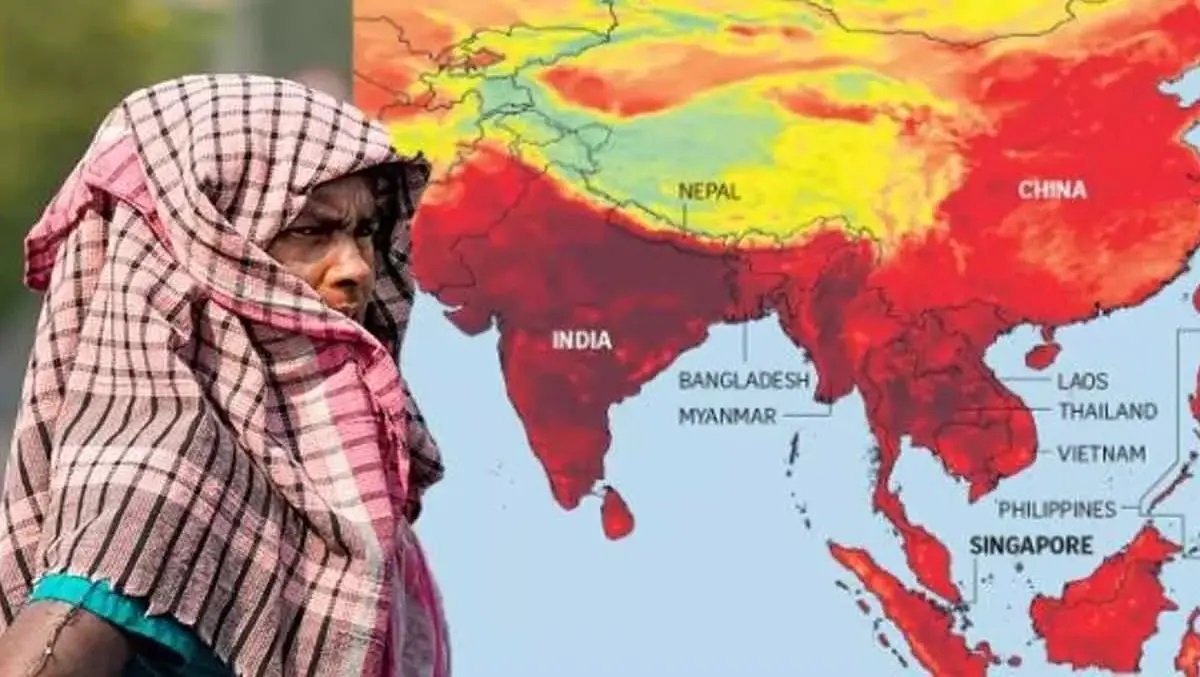India’s Green Shift
Context
- Decarbonisation Urgency: There is an urgent global need for countries to reduce carbon emissions. However, for India, this transition must balance with economic growth and development.
- COP29 and India’s Path: As COP29 negotiations proceed amidst complex global challenges, India’s decarbonisation journey demands a focus on equity, economic growth, and placing people at the forefront.
The Increasing Energy Demand and Need for Flexibility
-
India’s Growing Energy Demand:
- India’s rapid economic growth, industrialisation, urbanisation, and rising living standards are leading to a surge in energy demand.
- By 2032, India’s peak power demand is projected to reach approximately 370 gigawatts (GW), nearly doubling current capacity.
- This growth necessitates a scalable energy capacity and an adaptive system capable of integrating renewable sources and managing emissions.
-
Need for Flexible Energy Infrastructure:
- Renewable energy, though environmentally friendly, faces challenges with reliability due to its dependence on weather conditions.
- Solar and wind energy are intermittent, unlike coal or natural gas, which provide steady power.
- To ensure energy security and sustainability, India needs a flexible infrastructure that can balance supply fluctuations with demand, making renewables a viable mainstay for its economy.
Strategic Roadmap for Building a Robust Green Energy System
-
Transition to Decentralised Energy Systems:
- Decentralised energy systems are essential for large-scale adoption of renewable energy.
- Distributed Renewable Energy (DRE) solutions, like rooftop solar, are key to this transition.
- Although India aims to solarise 10 million households, making rooftop solar affordable for low-income households remains a challenge.
- Community-based solar initiatives and other market-driven approaches can make clean energy accessible to more people, encouraging widespread adoption.
-
Shift from Capital Expenditure (Capex) to Operational Expenditure (Opex) Models:
- Traditional energy investments focus on high upfront capital costs.
- An Opex model allows consumers to pay based on usage rather than initial costs, reducing financial barriers.
- For instance, community solar installations set up by utility companies could allow households to pay for consumption without owning individual solar panels.
- This model can be extended to energy-efficient systems, district cooling, and clean mobility, promoting efficient energy use.
-
Climate-Resilient Investments over Short-Term Gains:
- Long-term stability requires climate-resilient infrastructure, especially as climate risks rise.
- With over 80% of India’s districts deemed climate-vulnerable, resilience-focused investments can reduce future economic and infrastructural risks.
- Encouraging climate risk assessments among businesses and investors aligns economic growth with sustainability.
Additional Shifts for a Clean Energy-Driven Economy
-
Global Supply Chain Integration:
- To ensure energy security, India should integrate with global supply chains, especially in sectors like solar photovoltaic (PV) and green hydrogen.
- Collaboration with other countries enhances India’s position in the clean energy sector, fostering cooperation over protectionist policies.
-
Merging Decarbonisation with Digitalisation:
- India’s dual focus on decarbonisation and digitalisation provides opportunities for synergy.
- Digital solutions, such as AI systems and smart appliances, enable real-time energy management, enhancing resilience and efficiency.
- This digital shift supports the integration of renewables into existing infrastructure, improving adaptability and customer-focused energy management.
-
Adopting a Circular Economy:
- A circular economy approach maximises resource efficiency, especially for critical minerals used in energy production.
- With India’s growing solar capacity, effective waste management and mineral recovery are crucial for sustainability.
- Emphasising circular practices strengthens resource security and supports other sectors, contributing to a holistic sustainability framework.
-
People-Centric Energy Transition:
- A successful energy transition must focus on end-users and small-scale consumers.
- Financial support for electric vehicles, rooftop solar, and energy-efficient buildings can drive consumer demand for clean energy.
- Small-scale investments empower individuals and communities, fostering ownership and participation in the green economy.
Conclusion
India’s green transition involves more than just switching to renewable energy; it requires an integrated approach where energy, economic growth, and environmental preservation coexist. By implementing strategic shifts, India can establish a resilient, clean, and inclusive energy economy. Placing people at the center of this transition ensures that India’s future energy landscape is sustainable and equitable, allowing citizens to actively engage in and benefit from this transformation.




Comments (0)